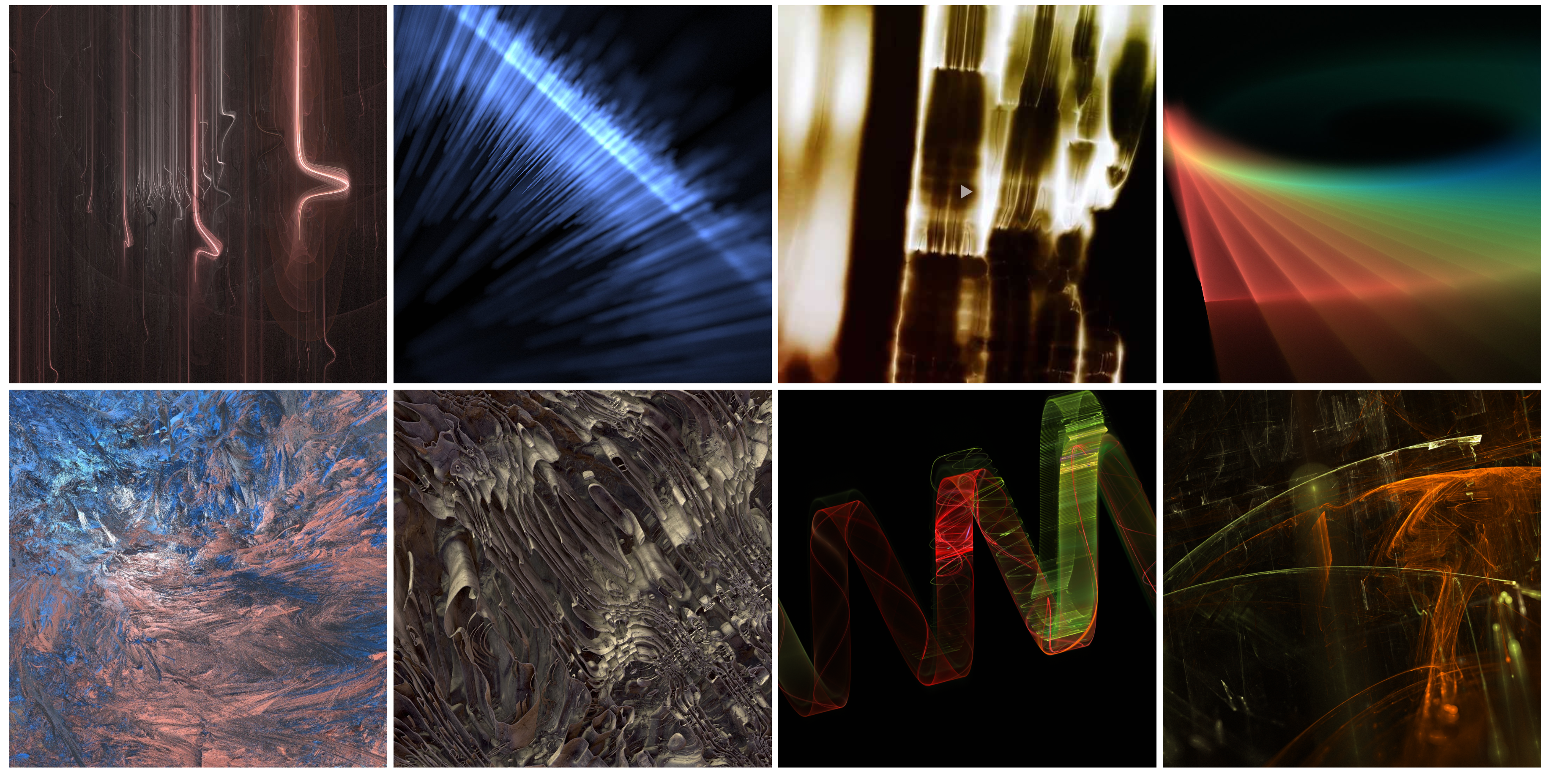Virtual and Augmented Reality in Science and Art

Virtual and augmented reality (VR/AR) technologies offer unique opportunities for immersion and interaction with virtual environments, making them highly valuable tools in both the scientific and artistic fields for a variety of applications.
Scientific Visualisations and Applications
In the scientific field, VR/AR technologies are being used for a range of purposes, including training, simulation, and visualization. For example, medical professionals can use VR/AR to train for complex surgical procedures in a safe and controlled environment, while researchers can use these technologies to visualize complex scientific data in new and innovative ways.
These technologies could be used to create virtual laboratories, allowing scientists to conduct experiments and simulations without the need for physical equipment.
Augmented Reality and Virtual Worlds in Art
In the artistic field, VR/AR technologies are being used to create immersive experiences and interactive installations. Artists are using these technologies to push the boundaries of traditional mediums, creating dynamic and interactive works that engage the viewer on a whole new level.
VR/AR technologies could be used to create entirely new art forms, allowing for interactive experiences that blur the lines between the virtual and physical worlds.
Virtual and augmented reality (VR/AR) have the potential to revolutionize the way we interact with technology.
However, there are still limitations and challenges to be addressed. For example, the hardware required for high-quality VR/AR experiences can be costly and difficult to access. Additionally, there are legitimate concerns about the potential for these technologies to be used in ways that could be harmful to individuals or society as a whole.
Virtual and Augmented Reality and Development of Software and Hardware for Consumer Applications
One of the biggest challenges in developing VR/AR for consumer applications has been creating hardware that is both high-quality and affordable.
In addition to hardware, there has been significant development in software for VR/AR consumer applications. This includes the creation of platforms such as Unity and Unreal Engine, which make it easier for developers to create and distribute VR/AR content.
We are seeing a growing demand for consumer-focused applications that are accessible and easy to use.
As these technologies continue to develop and become more accessible, we can expect to see even more innovative and groundbreaking uses in the future.
While there are still limitations and challenges to be addressed, the opportunities provided by these technologies make them an exciting and valuable tool for exploration, discovery, and creativity.
